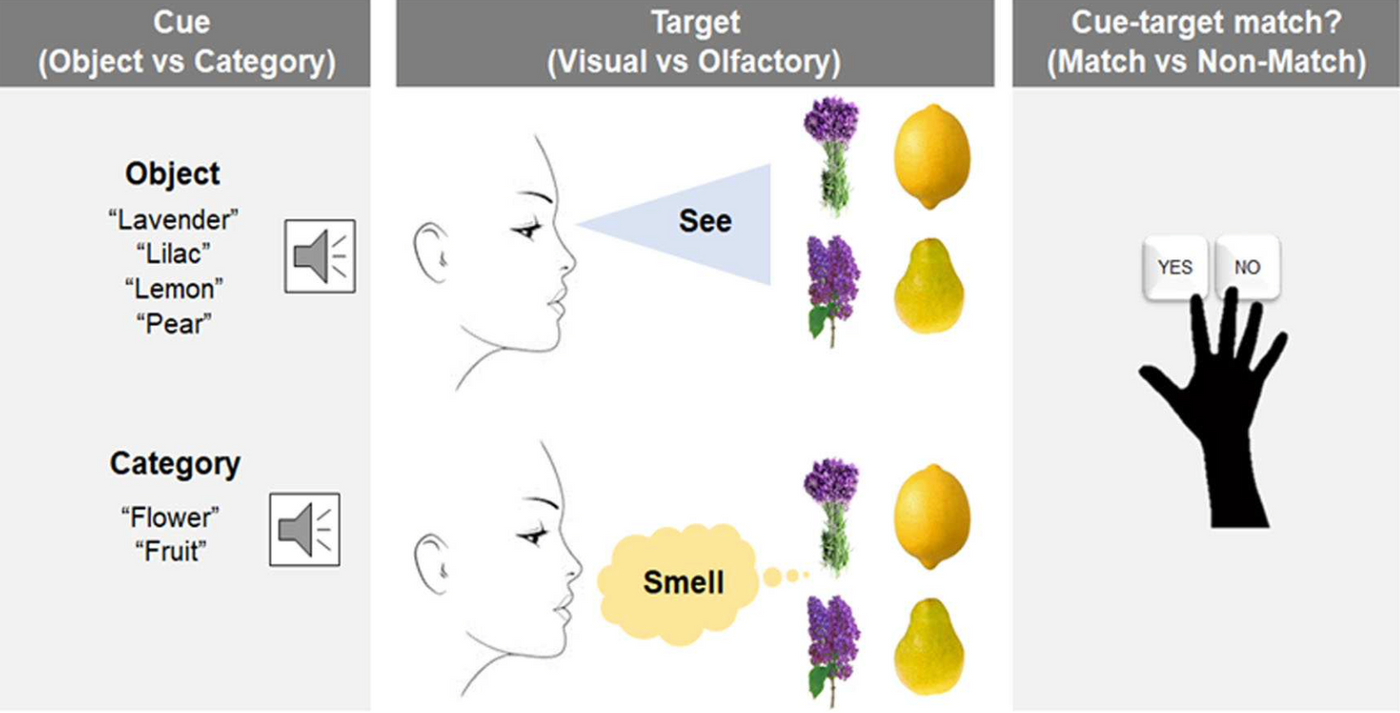The Nose Knows Not: Uncovering the Quirks of Our Underpowered Olfactory System
The sprawling network of the visual cortex reigned supreme in the field of sensory processing, contributing significantly to our understanding of sensory perception. In contrast, the study of olfaction—our sense of smell—with less dedicated cortical real estate has remained relatively understudied.
Recent work by researchers Pierzchajlo et al. from Stockholm University, published in the Journal of Neuroscience, offers new insights into the unique cognitive processes underlying olfactory perception and how sensory areas support one another.
The experiment designed by Pierzchajlo et al. tested the hypothesis that our sense of smell relies on information from other senses (predictive cues) and has its own distinct cortical processing features.
The researchers developed a novel paradigm in which participants were primed with a spoken word cue (e.g., "lilac") and then asked to identify whether a subsequent target odor or visual stimulus matched or was incongruent with the primed cue. This setup allowed the researchers to compare prediction error processing across senses.
(Pierzchajlo et al., 2024)
Behavioral experiments with over 100 participants and a subsequent fMRI study involving 30 individuals revealed compelling insights. Olfactory identification depended more on predictive verbal cues than visual identification. Response times were significantly delayed when olfactory targets were incongruent with the predictive verbal cues.
(Pierzchajlo et al., 2024)
Further insights emerged from the fMRI study, which showed heightened activation in the anterior cingulate cortex—a region associated with error detection and emotion processing—when participants encountered incongruent information about an olfactory cue. Interestingly, both olfactory and visual cortices were significantly activated during incongruent olfactory tasks, suggesting an interplay between different sensory regions in processing olfactory prediction errors.
The study highlights the limited yet adaptive nature of olfactory perception. Despite the relatively sparse cortical representation of olfaction compared to the dominant visual system, our sense of smell demonstrates a remarkable ability to compensate by engaging with other sensory areas, particularly the visual cortex. This cross-modal engagement underscores the brain's flexibility, integrating predictive information from diverse sensory inputs to make rapid perceptual decisions.
Pierzchajlo et al.'s study exposes how weak human olfaction is by elucidating how our sense of smell relies on predictive cues and cross-sensory processing. Moving forward, these findings pave the way for further exploration into the complexities of sensory integration and the role of predictive coding frameworks in shaping our everyday experiences.











